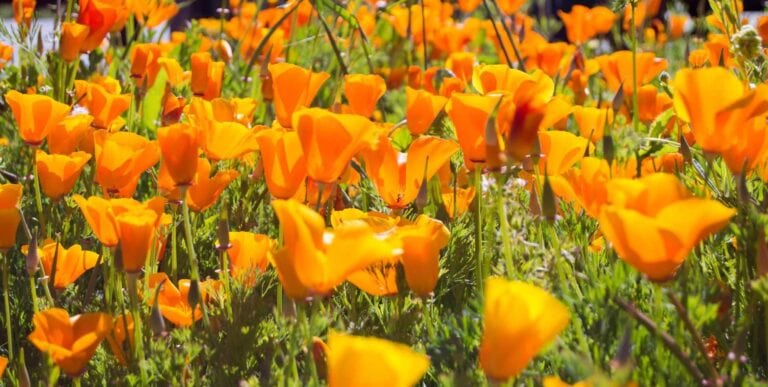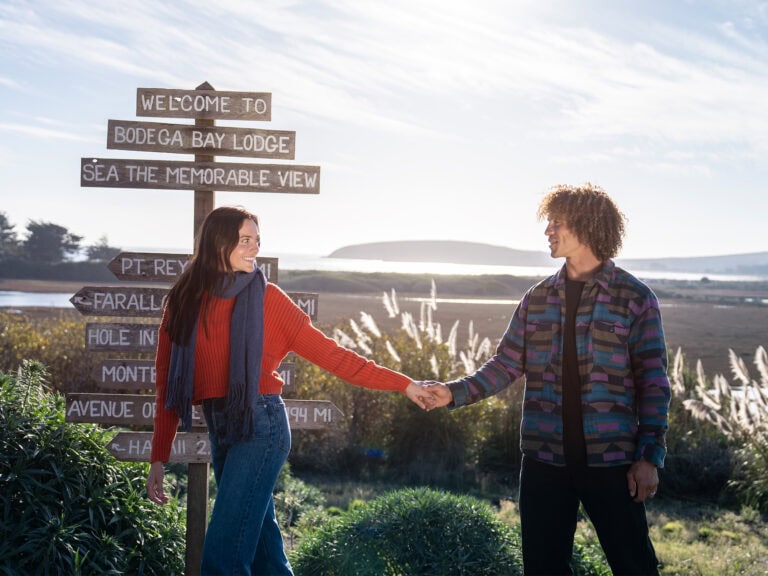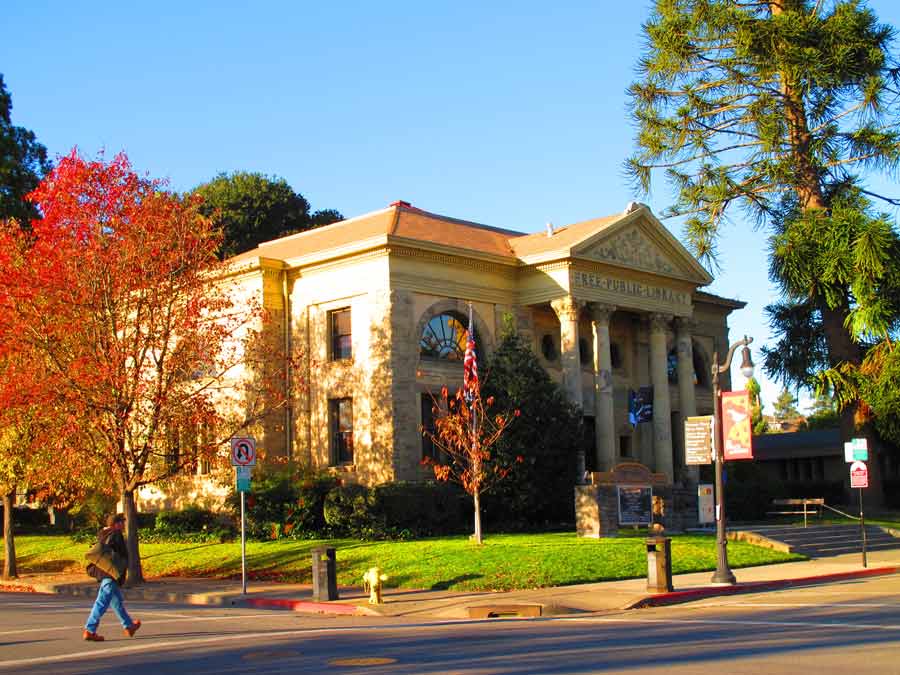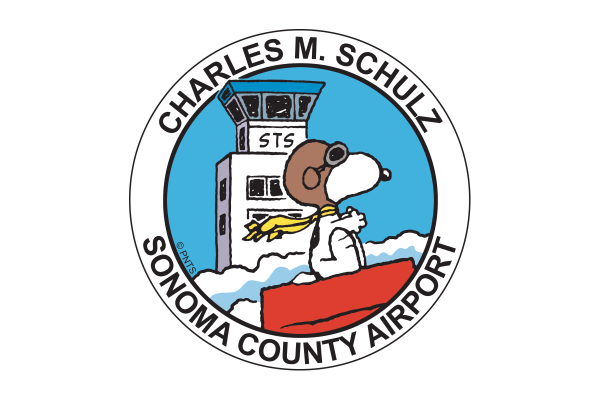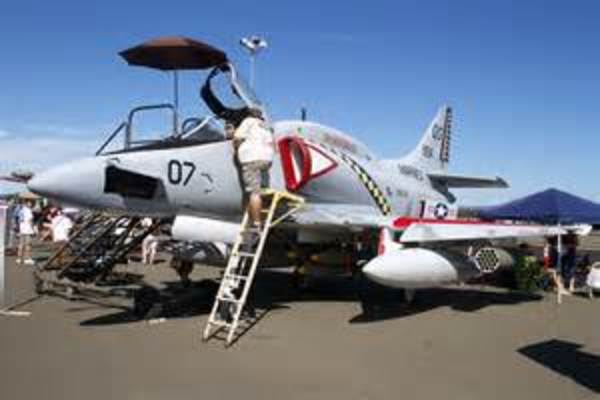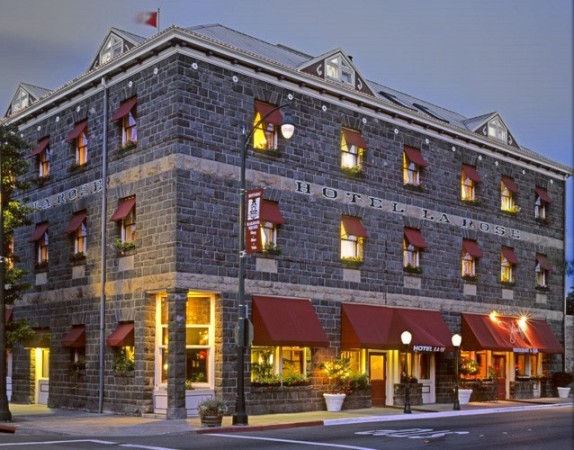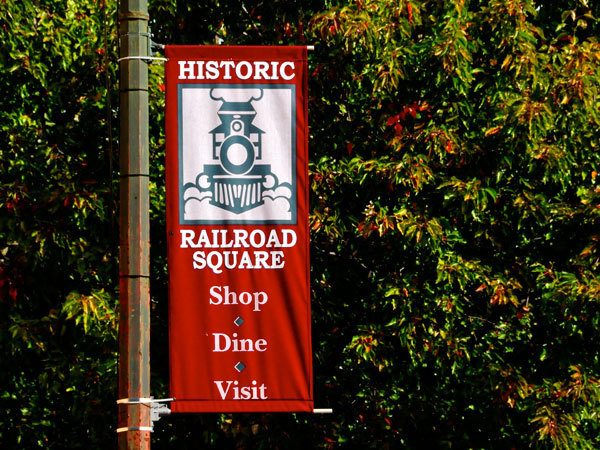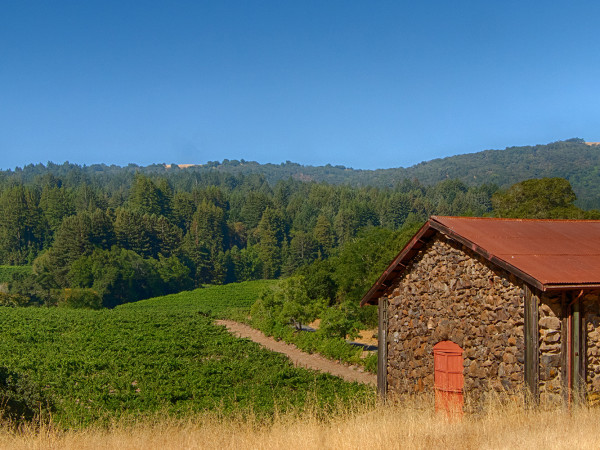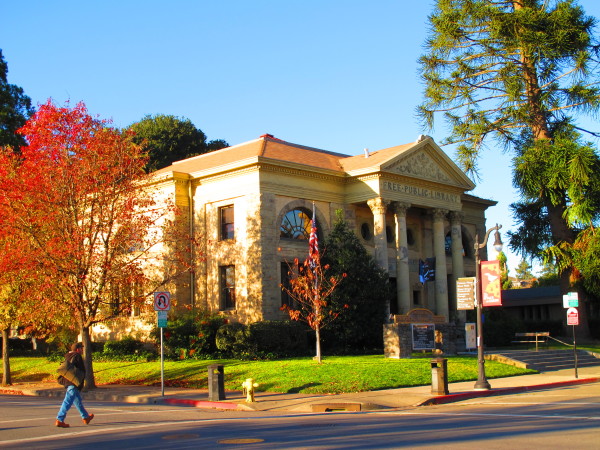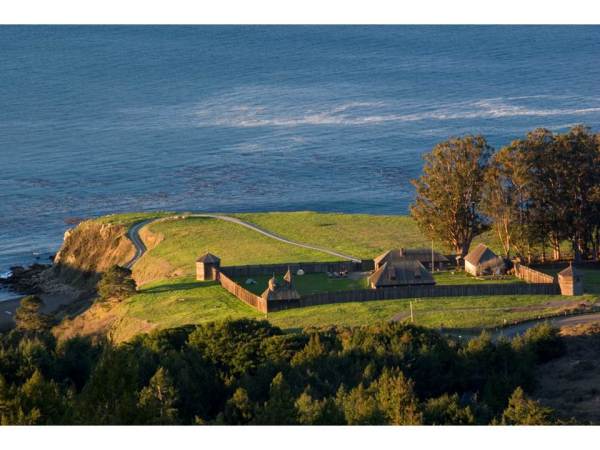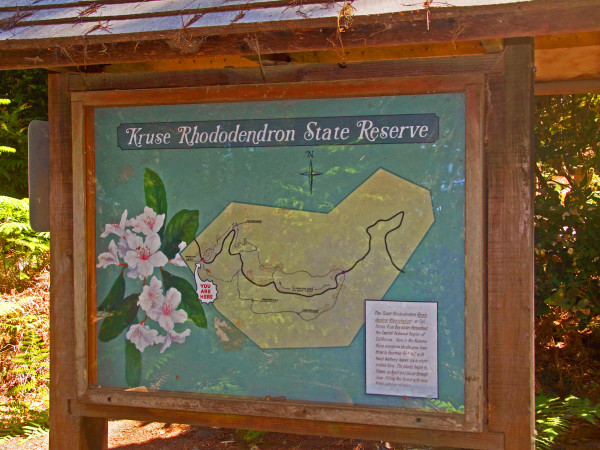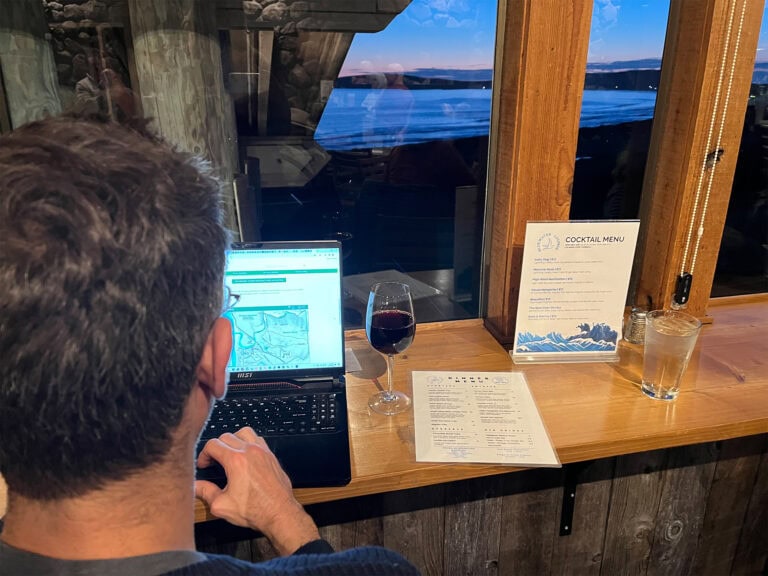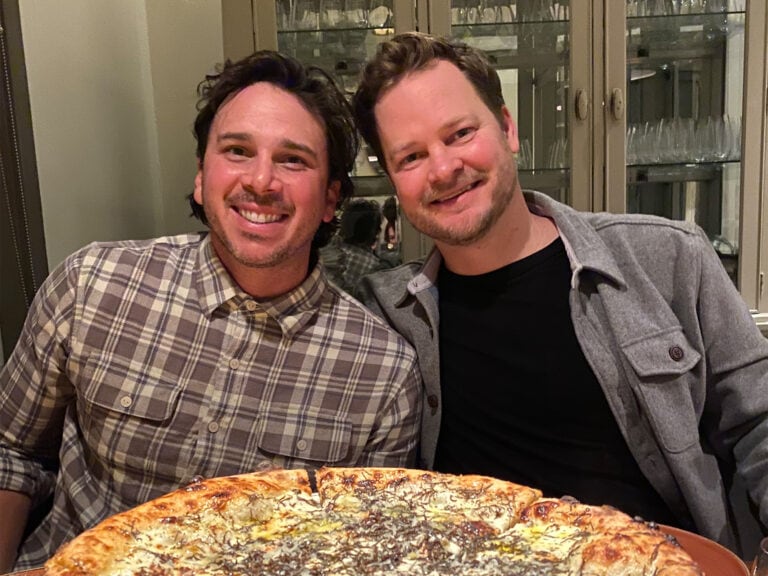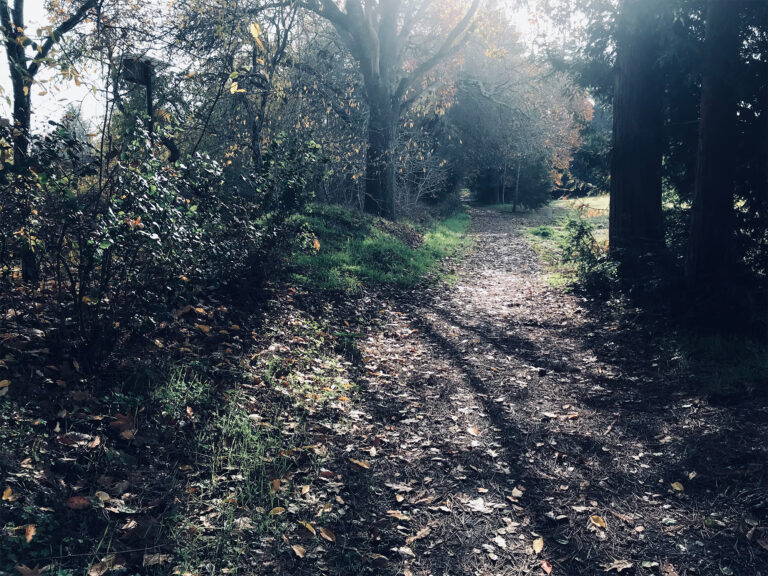Road Trip to the Top Historic Sites of Sonoma County
If you’re a history lover, here’s a three-day road trip that delves into Sonoma County’s long and glorious past. It takes you across mountains, valleys, meadows, and forests; into charming towns and cities; and culminates with a jaunt up the northern portion of our 55-mile Pacific Ocean coastline.
This tour will send you home happy—and hankering to return for more.
We’ll begin in the county’s major city, Santa Rosa, on a five-acre section of the Charles M. Schulz Airport (STS) called the Pacific Coast Air Museum. Here you’ll find a beautifully-preserved fleet of historic aircraft on display, as well as others that you can explore in hands-on fashion, including an A-26C Invader, D-21 Drone, S-2A Tracker Airtanker, and an H-34 Choctaw Helicopter.
If you prefer to check in the night before, so you’re able start this itinerary bright and early in the morning, consider the elegant and historic Hotel LaRose. A member of the Historic Hotels of America, the beautiful stone building has welcomed guests since 1907.
From Santa Rosa to Sonoma
Santa Rosa

From Charles M. Schulz Airport, it’s a quick drive to downtown Santa Rosa and Luther Burbank’s Home & Gardens. Known worldwide in his day as the “Wizard of Horticulture,” Burbank was a self-educated agricultural scientist who developed about 800 entirely new plants, including the Russet Burbank potato, the Santa Rosa Plum, and the Shasta Daisy. The Greek-revival home where he lived from 1884 to 1906 is now a National Historic Landmark, and holds its original furnishings. The grounds contain a greenhouse, the carriage house (now a museum/gift shop), one acre of gardens planted with Burbank creations, and his grave.

Next stop: The Museum of Sonoma County, which comprises two separate buildings on one campus. Housed in a historic 1910 post office building, the history section displays the regional history of the North San Francisco Bay Area, with extensive collections documenting the region’s rich land and history from the early Native American settlement forward. To the east, the art gallery concentrates on artists who have lived and worked in Northern California. There’s also a serene sculpture garden to the west of the history building.

Then it’s off to the Railroad Square District, listed on the National Register of Historic Places. Santa Rosa’s “Old Town” is filled with significant historic buildings such as the Northwestern Pacific Railroad Depot, built in 1903 when the area’s produce was shipped via train to an eager nationwide marketplace. Today the square’s beautifully-restored historic buildings hold a wide variety of eateries, boutiques, antique shops and entertainment venues. So browse as long as you like, and if you’re ready for lunch, you’ll find a wonderful variety of delicious restaurants.
The Historic Town of Sonoma
Next, head to the town of Sonoma at the southern end of Sonoma Valley by going east on California Highway 12. On the way to Sonoma, consider stopping off at Jack London State Historic Park to pay homage to the famous adventurer and writer. London, author of The Call of the Wild, White Fang, and many other adventure novels, was the world’s best-selling author in his day.
London lived here with his wife, Charmian, from 1905 until his untimely death in 1916 at age 40. His home, “Beauty Ranch,” now Jack London SHP, is a place of lush forests, redwood groves, meadows, and hills with amazing views. You can visit the cottage where London wrote, learn about his high-charged life at the small “House of Happy Walls” museum, see his grave, and much more.
When you’re through, return to Highway 12 and continue south until you reach Sonoma’s eight-acre grassy plaza — the largest town plaza in California. Free parking is located off of First Street East, behind the Sonoma Barracks.
The City of Sonoma is steeped in early California history — and much of that history took place on and around the plaza. Today, many of the buildings you’ll see here are part of Sonoma State Historic Park. Other vintage buildings hold art galleries, clothing boutiques, wine tasting rooms, and restaurants, symbolizing the dynamic mix of old and new that characterizes this lively town.

Don’t miss a visit to Mission San Francisco Solano, the northernmost and last (built in 1823) of the state’s 21 missions. It holds historic exhibits, a museum chapel, the old courtyard, and a small gift shop.

Across First Street East from the mission, kids are fascinated by the artifact-filled two-story adobe Sonoma Barracks that once housed Mexican army troops commanded by General Mariano Vallejo, military commander and director of colonization of Mexico’s northern frontier. And everybody enjoys traipsing through the nearby Toscano Hotel & Kitchen, a 19th century wood-frame building furnished to look much as it did as a hotel in the early 1900s.

Inside Sonoma Plaza’s lovely park area, be sure to check out the massive statue dedicated to the 1846 Bear Flag Revolt, which took place on the plaza and led to California becoming part of the United States. A short walk from the plaza is General Vallejo’s 1850s Gothic-style home, Lachryma Montis, which was originally shipped in pieces ’round the Horn.
An easy two blocks distance from the plaza, and housed in a former railroad depot, is the Depot Park Museum (270 First St. W.). It’s filled with vivid displays and artifacts centering on California and, in particular, Sonoma.
The Oldest Commercial Winery in California
And for a last piece of important Sonoma history, visit Buena Vista Winery. Less than a 10-minute drive from the plaza, it was founded in 1857 and is the oldest commercial winery in the state. The original stone buildings remain, and are now a California Historic Landmark.

Hungry? You’ll have your pick of wonderful eateries right on the plaza. For comfort food with a French flair and a Rhone wine list, head to the girl + the fig. Hearty traditional Mexican food and a variety of margaritas are found at La Casa Restaurant & Bar.
Spend the night in the beautiful Fairmont Sonoma Mission Inn, pick one of the cozy inns in Glen Ellen, or check our listings of Sonoma County Hotels & Lodging and click on the town of Sonoma to localize the results.
From Sonoma to Petaluma
Petaluma Adobe State Park

Now it’s time to drive to Petaluma, with a stop along the way at Petaluma Adobe State Historic Park. Head south out of Sonoma on Highway 12 / Broadway. After about two miles, turn right onto Watmaugh Road. In approximately 2.5 miles, turn right onto Highway 116 / Stage Gulch Road. Continue on Stage Gulch Road for slightly more than three miles to Old Adobe Road, where you’ll turn right. In one mile, turn right into Petaluma Adobe State Park.
In the 1830s-1840s, the adobe compound that constitutes the park was known as Rancho Petaluma. The largest privately-owned adobe building in the state, it served as headquarters for a profitable working ranch ruled by the region’s most important early historic figure, General Mariano Vallejo.
Today Vallejo’s rancho is a National Historic Landmark. Visiting here is like being transported back to the great rancho era: most of the adobe bricks are original, farm animals roam the property, authentic period furniture and equipment fill the rooms, and prickly pear cactus—a popular fencing material before the arrival of barbed wire—is plentiful. During Living History Days, docents in period dress perform chores in the old ways.

The park is situated amidst quiet farmland and oak-studded hills. Red-shouldered hawks fly overhead, and coyotes and foxes can be spotted in the grasslands. Shaded picnic areas practically beg you to bring a picnic and enjoy the view.
Downtown Petaluma
When you’re ready, drive into downtown Petaluma. Get back onto Adobe Road, turning right out of the Adobe. In about two miles you’ll reach an intersection with a light; turn left onto East Washington Street. Continue driving for about five miles, crossing over Highway 101, until you reach the intersection of East Washington Street and Petaluma Boulevard. Free all-day parking is available at the Keller Street Garage and the Second Street Garage.
Settled in 1851, Petaluma is one of the state’s oldest cities, filled with beautiful Victorian homes and impressive iron front commercial buildings (the downtown area is on the National Register of Historic Places). Petaluma’s small-town charm and historic buildings have also made it a favorite film location—iconic movies filmed here include American Graffiti (1973), Basic Instinct (1992), and Peggy Sue Got Married (1986).
One of the best ways to enjoy Petaluma is to explore its historic areas on foot, starting with the charming downtown area. Here you’ll encounter not only history, but many entertaining diversions: antique stores, art galleries, excellent restaurants and cafés. A favorite of photographers is a huge clock atop the Masonic building; it was built in Connecticut and shipped ‘round the Horn in 1882.
An enticing walk leads through the area containing the city’s stunning Victorian-era homes, where architectural styles include Queen Anne, Victorian stick, Gothic Revival, Colonial Revival and many others.
To learn more about Petaluma’s history — it was once known as “Egg Basket to the World,” thanks to the massive volume of eggs produced here — visit the small-but-fascinating Petaluma Historical Library & Museum. Housed in a former Carnegie library (1904), the museum is graced by Northern California’s largest free-standing leaded glass dome. Exhibits here center on the area’s poultry, dairy and Miwok Indian history.

A good history-lover’s choice for your night’s rest is Hotel Petaluma. A grand hotel when it opened its doors in 1924, this five-story hotel is in the heart of downtown. It’s a quiet, gracious place that honors the past but delivers modern amenities. Or or check our listings of Sonoma County Hotels & Lodging and click on Petaluma to see other nearby options.
When it’s time for dinner, you’re in luck: downtown Petaluma has a bounty of fine eateries, including some of the nation’s best farm-to-table restaurants and a diversity of ethnic cuisines. To learn more, read Where to Eat: Restaurants in Petaluma.
From Petaluma to the Sonoma Coast
Bodega

Early next morning, leave Petaluma for western Sonoma County, heading west on Bodega Avenue and then onto Valley Ford Road. At Highway 1, head north. About six miles from the Pacific Ocean you’ll enter the charming country village of Valley Ford. Once a stop on the North Pacific Coast Railroad, today the town’s handsome old buildings are home to antique stores, art galleries, and restaurants.
In 1976, one of the most controversial and famous art installations in history — Christo and Jeanne-Claude’s Running Fence — ran right through Valley Ford on its 24.5-mile journey from Highway 101 to Bodega Bay, where it disappeared into the ocean. The white-nylon fence brought international journalists, environmental protestors, passionate art-lovers, and curious gawkers to Valley Ford. While here you can pay a symbolic visit to this amazing work of art at Sonoma County Historic Landmark #24 (14459 Valley Ford Road, Valley Ford). The Running Fence is long gone, but next to the post office you’ll find a bronze plaque commemorating its existence, as well as one of the poles used in the installation.
Continue heading north on Highway 1. In a few miles, turn right onto Bodega Highway and soon you’ll enter the charming town of Bodega, the site of significant motion picture history: much of Alfred Hitchcock’s famous movie, The Birds (1963), was filmed here.
Stroll around the one-block town and you’ll spot some of the very buildings used in the movie, including the 150-year-old Potter Schoolhouse and the Saint Teresa of Avila Church.
Fort Ross
When you’re ready, get back on Highway 1 to Bodega Bay, then continue heading north. For the next hour or so you’ll be driving on steep cliffs along the Pacific Ocean, marveling over some of the world’s most stunning ocean views. Your destination: Fort Ross State Historic Park.
From 1812 to 1841, Fort Ross was tsarist Russia’s southernmost outpost in North America. It was an ambitious community, home to California’s first windmills and shipbuilding “yard.” According to the historical record, there were at least three windmills on the site (the few mills that existed elsewhere in California at that time were powered by water or animals). Shipbuilding was accomplished in the cove below Fort Ross, where boats were constructed from redwood and fir.
Today, Fort Ross is a California Historical Landmark, a National Historic Landmark, and on the National Register of Historic Places, and faithfully reconstructed buildings recall the once-thriving colony, including the stockade, a Russian chapel, a barracks, two blockhouses, and a windmill. The only surviving original structure, Rotchev House, was renovated in 1836 for the last manager of Fort Ross, Alexander Rotchev, who lived there with his family. The old Russian cemetery, on a bluff east of the fort, is relatively intact, and the historic orchard still contains fruit trees from the Russian era.

When you’re through at Fort Ross, spend the afternoon exploring the coast. Consider going hiking on bluffs overlooking the sea, checking out the natural oddities at Salt Point State Park’s pygmy forest, or — particularly in spring — visiting Kruse Rhododendron State Natural Reserve.

That night, check into one of the north coast’s oceanfront hotels, such as Fort Ross Lodge, which offers great views of the Pacific Ocean, and is situated above a sheltered cove where seals play and grey whales are sometimes known to rest during migration. The Timber Cove Resort is dramatically perched on a high bluff with the Pacific Ocean spread before it and a skyward-soaring Benjamino Bufano sculpture on the grounds.
That night, enjoy delicious dining at the Coast Kitchen at Timber Cove Resort, or the Ocean Cove Lodge Bar & Grill.
Time for more fun? Check out more Sonoma County road trip ideas here.
Written by Sonoma Insider Suzie Rodriguez.
Places Mentioned
THIS IS WINE COUNTRY.
Share your experience using #SonomaCounty or #LifeOpensUp




